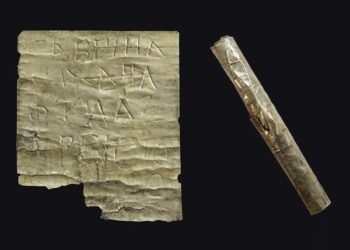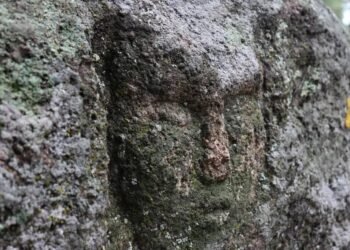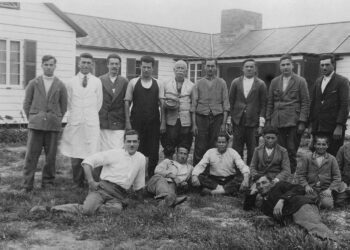A team of archaeologists from the Catalan Institute of Human Paleoecology and Social Evolution (IPHES) and the CERCA Institute has made an exciting discovery near the village of Cogullons in Montblanc, Spain.
They have uncovered a significant collection of ancient carvings at a site called Roca de les Ferradures, located in the Prades mountains. The researchers have identified a total of 250 carvings dating back to the post-Paleolithic period.
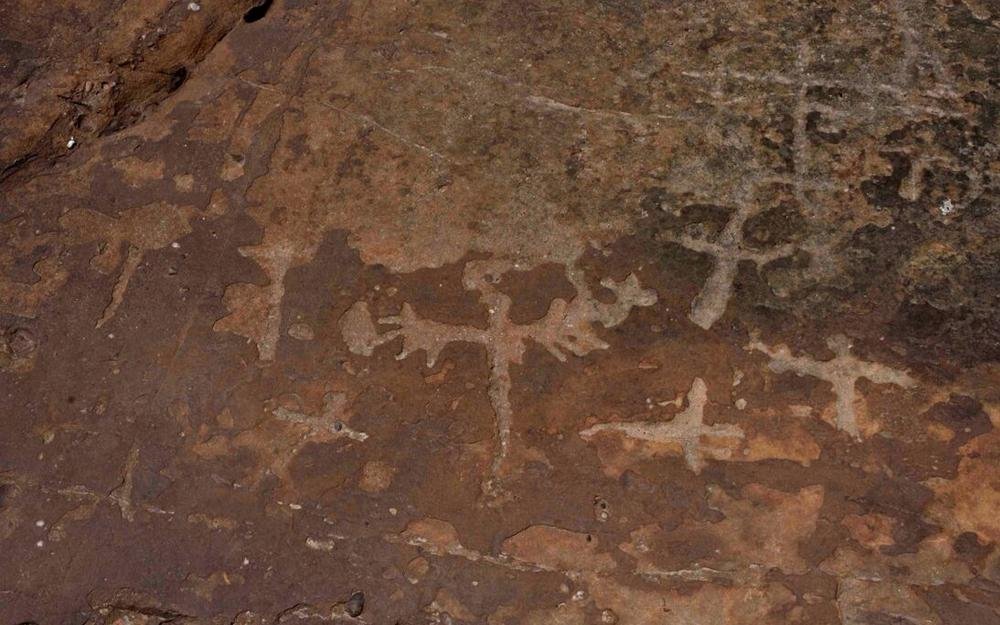
Roca de les Ferradures stands out as one of Catalonia’s most noteworthy locations for post-Paleolithic cave paintings due to its substantial size, as well as the remarkable diversity and quantity of representations found there.
The site consists of a complex of natural shelters situated on an expansive rocky area spanning hundreds of meters. It was initially discovered in the late 1970s by archaeologist Ramon Capdevila, but aside from a few photographs, very little documentation was made at the time, resulting in the site remaining largely unexplored.
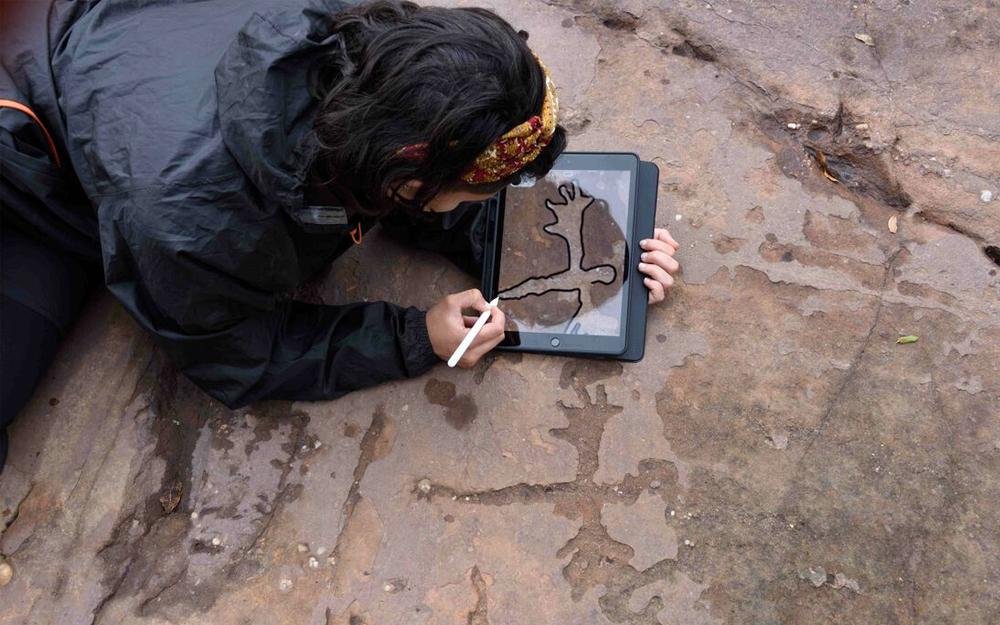
The recent research conducted by IPHES-CERCA has resulted in the discovery of numerous additional engravings, some of which are remarkably well-preserved.
These findings indicate that the carvings extend across a much larger area than previously known at Roca de les Ferradures.
It is believed that these engravings date back approximately 4,000 years ago, towards the end of the Chalcolithic period and the beginning of the Bronze Age, with traces of activity from the Iron Age as well.
The engravings were created on the red sandstone surface using a technique called pecking, which involves using a second rock as a chisel between a hammerstone and the rock face.
They display a diverse range of shapes and motifs, including some that form complete scenes. The most frequently portrayed designs are horseshoe-shaped, which are believed to be simplified representations of anthropomorphic figures, symbolizing stylized human forms.

Among these anthropomorphic depictions, there are several large figures with crossed arms and disproportionately large open hands compared to the rest of the body.
These particular figures stand out within the collection of engravings due to their significant size, some measuring over 20 inches in height, as well as the intricate details they exhibit.
According to the researchers, these carvings may be connected to a ceremonial worship practice that endured for over a thousand years within a sacred space.
Through the excavation conducted by IPHES-CERCA at Cova del Minaire and the re-examination of materials previously recovered by Salvador Vilaseca at Cova de les Gralles, situated in close proximity to Cogullons, archaeologists have successfully gathered evidence indicating a period of extensive human occupation in the area approximately 4,300 to 4,000 years ago.

To document the carvings with precision, a 3D scanner and photogrammetry techniques were utilized, resulting in the creation of high-resolution 3D models. These models serve the purpose of facilitating in-depth analysis and virtual dissemination, ensuring the conservation and preservation of these remarkable discoveries.







